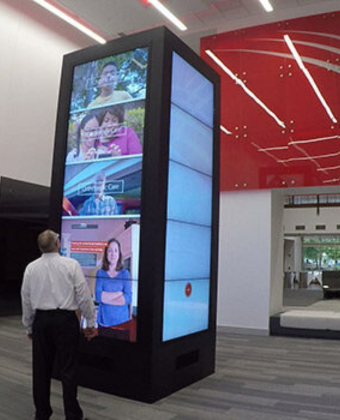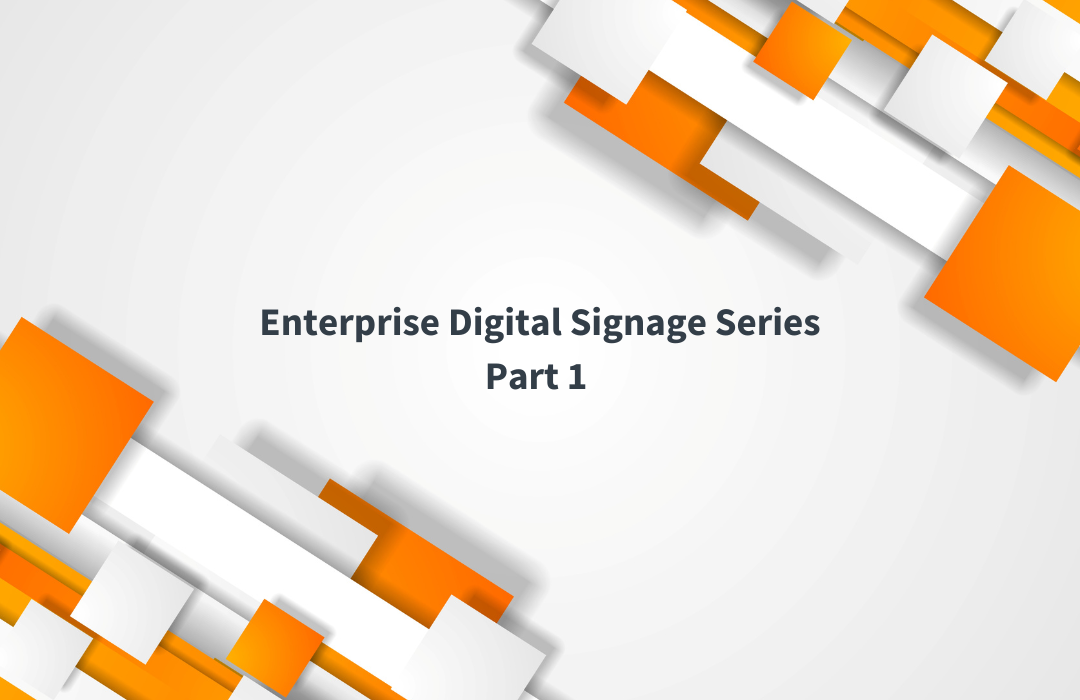Establishing an Integrated Operations Center (IOC) is an ambitious endeavor that demands meticulous planning and strategic decision-making. This transformative process involves far more than selecting hardware and software; it requires a holistic approach that encompasses business alignment, cybersecurity, technology selection, human factors, and ongoing support. However, organizations often overlook several key components when they decide to deploy an IOC. We’ve outlined these components below, and we have included recommendations for avoiding these pitfalls.
Inadequate Planning
An IOC installation requires thorough planning to ensure the deployment’s success. In this case, planning is not limited to the hardware and software needed to make the new system work. Organizations must dedicate time to align business objectives, establish preferred outcomes and develop the criteria to measure success against those identified outcomes.
Working with a qualified systems integrator will help your organization develop a solid strategy for your IOC deployment. The experienced, consultative team at Radiant Technology will meet with you to understand your needs, help your organization identify your desired outcomes and success metrics, and develop a hardware and software project plan for the IOC deployment.
Overlooking Cybersecurity and Governance Standards
Cybersecurity and governance standards are paramount for the IOC to maintain operational continuity, comply with regulations, mitigate risks and threats, and safeguard intellectual property. These measures collectively contribute to the overall security and success of the IOC and the organization as a whole. Overlooking cybersecurity and established governance standards during the deployment can create negative impact across the organization during and after the project deployment.
Cybersecurity measures and governance standards should be considered and addressed during the project’s planning phase and throughout the deployment. Your IT teams should be considered key project stakeholders since are your organization’s security and governance experts. Strategies to meet cybersecurity requirements and governance standards should be incorporated into the scope of work to ensure that all systems comply with your organization’s requirements.
Choosing the Wrong Technology
In today’s world, there are hardware and software platforms to handle a myriad of needs. Selecting the proper technology can be an overwhelming pursuit filled with demonstrations, promises, and follow up sales emails. It’s not uncommon for companies to feel pressured to invest in platforms loaded with bells and whistles. Consequently, it’s not uncommon for those companies to experience integration challenges, data inconsistencies, or a lack of fulfillment after the platform has been deployed. Bells and whistles are great, but if the platform does not deliver the end user experience or scalability required to meet business objectives, the return on investment is lost.
It is imperative that organizations identify and deploy hardware and software solutions that can deliver on identified business objectives. Working with Radiant ensures recommended technology aligns with your firm’s goals. As a means of cost-savings, we can also work with you to leverage your existing technology and data within your new IOC.
Factoring out the Human Element
While technology is a crucial component of an IOC deployment, companies can create negative impact when end users are not considered. A lack of communication, training and change management planning can lead to underutilized systems, reduced effectiveness, and decreased productivity. In turn, the company may fail to meet its identified business objectives.
End user inclusion and buy-in are imperative to a successful IOC deployment. Representatives from the teams using the technology every day should be part of the planning team since they can provide constructive feedback into workflows and day-to-day operations. These end users can help develop change management processes to assist with transitions, and they can champion the change in a way that creates positive impact within your workplace culture. Finally, a solid training plan will ensure your teams have the tools needed to drive productivity and system effectiveness after the deployment is complete.
Underestimating Support and Maintenance Needs
A successful project deployment means that the IOC hardware and software have been implemented correctly. What happens next is inevitable: At some point, the IOC is going to require service and maintenance. Hardware and software issues are bound to happen as technology continues to advance, and companies without strategies to support their IOC environments run the risk of deteriorated system performance, disruptions, and failures.
Including a post-implementation service and support contract as part of your deployment budget provides your company with the resources needed to maintain your systems after the installation is complete. Through Radiant’s Core Advantage contract, organizations receive onsite service and repair, remote support, and 24/7 systems monitoring. Our Support team works with you to identify, troubleshoot, and remediate issues within your IOC environment. Additionally, our team prioritizes software updates and preventative maintenance to ensure system optimization.
Holistic understanding and proactive approach to the challenges outlined above are imperative to the success of an IOC deployment. By embracing these considerations and leveraging the expertise of trusted partners, organizations can navigate the complexities and unlock the full potential of their Integrated Operations Center, propelling themselves toward operational excellence and future growth. If you’d like to learn more about how Radiant Technology can help you deploy an effective IOC, fill out the form below.





